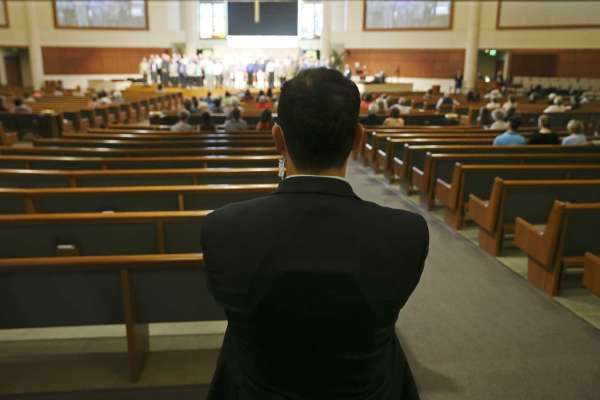In today’s world, it’s essential to balance the welcoming nature of a church with the need for security. While we should never let fear dictate our actions, it’s wise to take proactive steps to protect our congregations. This article will explore the key components of church security, emphasizing a Christlike approach that prioritizes the safety and well-being of all.
Understanding the Need for Church Security
The unfortunate reality is that churches are not immune to threats. Incidents such as active shooter situations, natural disasters, and other emergencies can occur anywhere, including places of worship. By implementing effective security measures, we can mitigate risks and create a safer environment for our congregation.
It’s important to remember that security is not about building a fortress. Rather, it’s about creating a sense of peace and assurance, allowing people to focus on worship and spiritual growth without undue fear. By adopting a Christlike approach, we can ensure that our security measures are compassionate, respectful, and aligned with our faith.
The Role of a Church Security Team
A well-trained and dedicated security team is essential to maintaining a safe and secure church environment. Here are some key qualities to look for when selecting team members:
- Discernment: The ability to recognize potential threats and respond appropriately.
- Compassion: A genuine care for the well-being of others.
- Professionalism: A commitment to maintaining a calm and composed demeanor.
- Reliability: A strong sense of duty and responsibility.
- Training: Knowledge of security protocols, first aid, and emergency procedures.
When forming a security team, it’s crucial to foster a sense of unity and collaboration. Team members should work together to create a cohesive and effective security plan. Regular training and drills can help ensure that everyone is prepared to respond to emergencies.
Key Components of Church Security
A comprehensive church security plan should include the following elements:
- Risk Assessment: Identify potential threats and vulnerabilities within the church and its surrounding area.
- Access Control: Implement measures to control who enters and exits the building, such as visitor sign-in sheets and security checkpoints.
- Surveillance Systems: Use security cameras to monitor activity within and around the church property.
- Emergency Procedures: Develop clear and concise emergency plans for various scenarios, such as active shooter situations, natural disasters, and medical emergencies.
- Training and Drills: Conduct regular training sessions and drills to prepare the security team and congregation for potential emergencies.
- Communication: Establish effective communication channels to facilitate rapid response and information sharing.
- Collaboration with Local Authorities: Build strong relationships with local law enforcement and emergency services.
A Christlike Approach to Security
As Christians, we are called to love our neighbors as ourselves. This includes taking steps to protect them from harm. By implementing security measures with a Christlike attitude, we can create a safe and welcoming environment for all. Here are some principles to keep in mind:
- Discretion: Avoid creating a heavy-handed or intimidating atmosphere.
- Hospitality: Greet visitors warmly and make them feel welcome.
- Prayer: Seek God’s guidance and protection in all that we do.
- Forgiveness: Be willing to forgive those who may have caused harm.
- Love: Ultimately, our goal is to show love and compassion to all people.
By combining a strong security posture with a Christlike approach, churches can create a safe and secure environment where people can worship and grow in faith without fear.


Leave a Reply